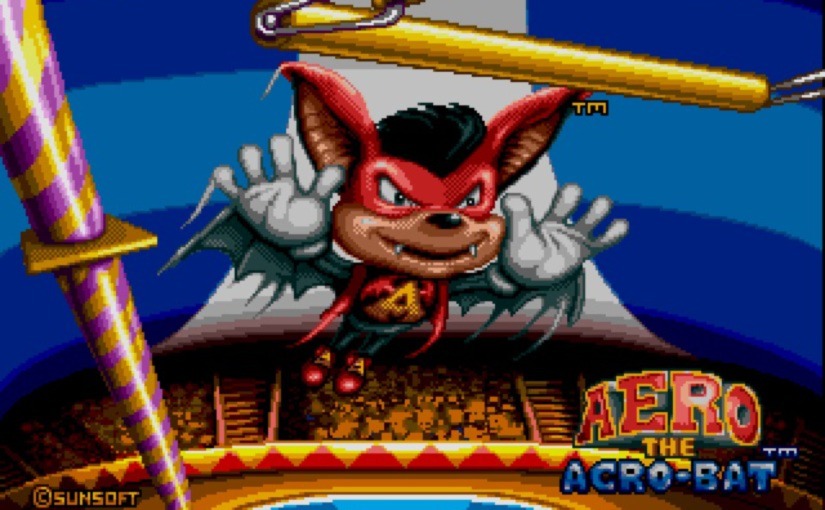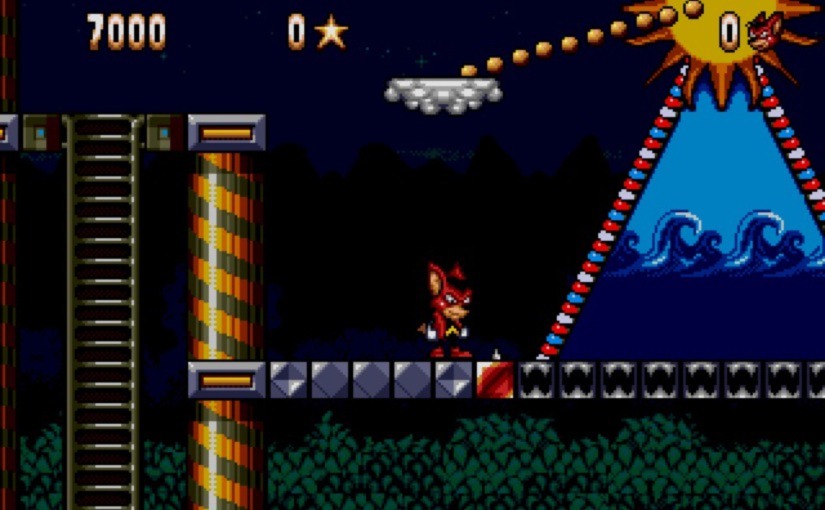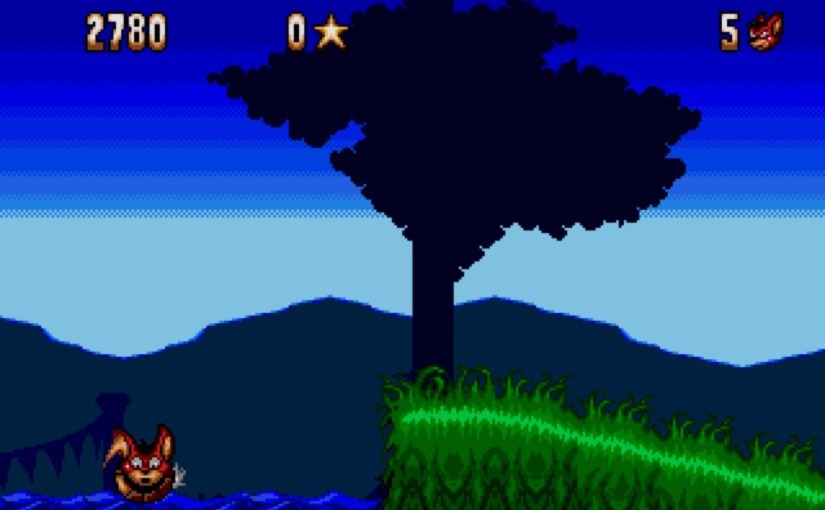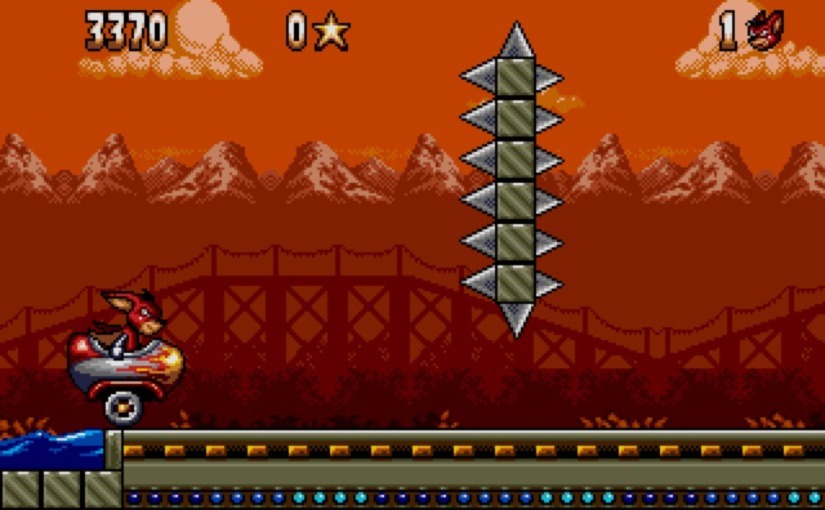It’s Slime Time
An oft-forgotten monster type in the preternatural pantheon (unless you’re a fan of JRPGs or Dungeons & Dragons, that is) is the humble ooze or slime. These corpulent masses of gelatinous gunk used to be a mainstay of the big screen in the era of B-movie horror, with Steve McQueen’s The Blob leading the way and such masterpieces as X the Unknown and Caltiki – The Immortal Monster also getting in on the sentient slime action.
Not to be outdone, Sega Technical Institute came up with the idea for a 16-bit video game with a focus on vengeful viscosity, offering ’90s kids the chance to live out every gamer’s dreams of becoming a formless, quivering mass of repulsive goop. They unleashed The Ooze in 1995.

The game kicks off with a simple cutscene detailing the dramatic story of how the titular ooze came to be. A scientist known as Dr. D. Caine uncovers a plot at a chemical plant involving an evil corporation unleashing a toxic gas amongst the populace and then making a killing selling the serum that cures its effects. Shocked and ashamed, as Dr. Caine was the one who invented the gas, our hero tries to put a stop to the corporation’s nefarious plans, only to be captured, injected with gunk, and disposed of with the rest of the sludge. The bad news for the bad guys is that Dr. Caine survived, gained a new, goopy form, and is out to stop their schemes and regain his humanity.
This schlocky set-up results in a top-down action adventure in which players are responsible for guiding the puddle that was Dr. Caine through a variety of levels, slapping various enemies with extendible, gooey tendrils, and utilising goop-spitting attacks to clear the way. As the ooze comes into contact with environmental hazards or enemy attacks the puddle will shrink in size, with Dr. Caine’s adventure coming to an untimely, slithery end if the puddle gets too small or his goopy head takes too many hits.

Alas, controlling this bilious mass is a mixed bag. While it’s fairly satisfying to slither around and squeeze our slippery hero through gaps and around terrain, the choppy animation and lack of visual clarity as to Dr. Caine’s status do detract from the overall experience. It can be difficult to tell just how close our oozy hero is to expiration, resulting in some surprising game overs, and discouraging use of Caine’s slime spit attack as it takes away from his sludge reserves.
When it comes to presentation, The Ooze isn’t one of the Mega Drive’s finest. Sega Technical Institute, an American branch of the Japanese giant, were also responsible for Sonic the Hedgehog Spinball, and some similarities in the music and visual style are apparent, but that game is much more aesthetically and aurally memorable than this one. If The Ooze looked and sounded more like Sonic Spinball’s toxic caves opening level, it might have lingered longer in the minds and hearts of gamers, but it was not to be. Instead, The Ooze is a little bland visually and, in the earlier stages at least, looks strangely reminiscent of Bitmap Brothers’, The Chaos Engine, although less coherent in its artistic vision.
The Ooze got a fairly negative reception upon release, but this seems a little unfair. It’s an interesting game that’s entirely unique on the console. Moving the goopy protagonist around the stages is fun in its own way, and slurping up goop dropped by enemies to further bolster our hero’s mucilaginous form is a satisfying mechanic. The team at Sega Technical Institute had some great ideas, and for the most part, they implemented them well, but it just needed some additional polish and personality to take it to that next level of quality.

It’s a tad expensive to pick up a complete copy nowadays, but if you do find the concept interesting and can play The Ooze through other means, I recommend giving it a go. You should at least have a decent amount of fun enveloping the minions of the evil corporation in your slithering, overwhelming, coagulated, quivering folds. That’ll show ’em ooze boss.
This article was written for a now-defunct Sega magazine and never used. Played on Mega Drive via emulation.





